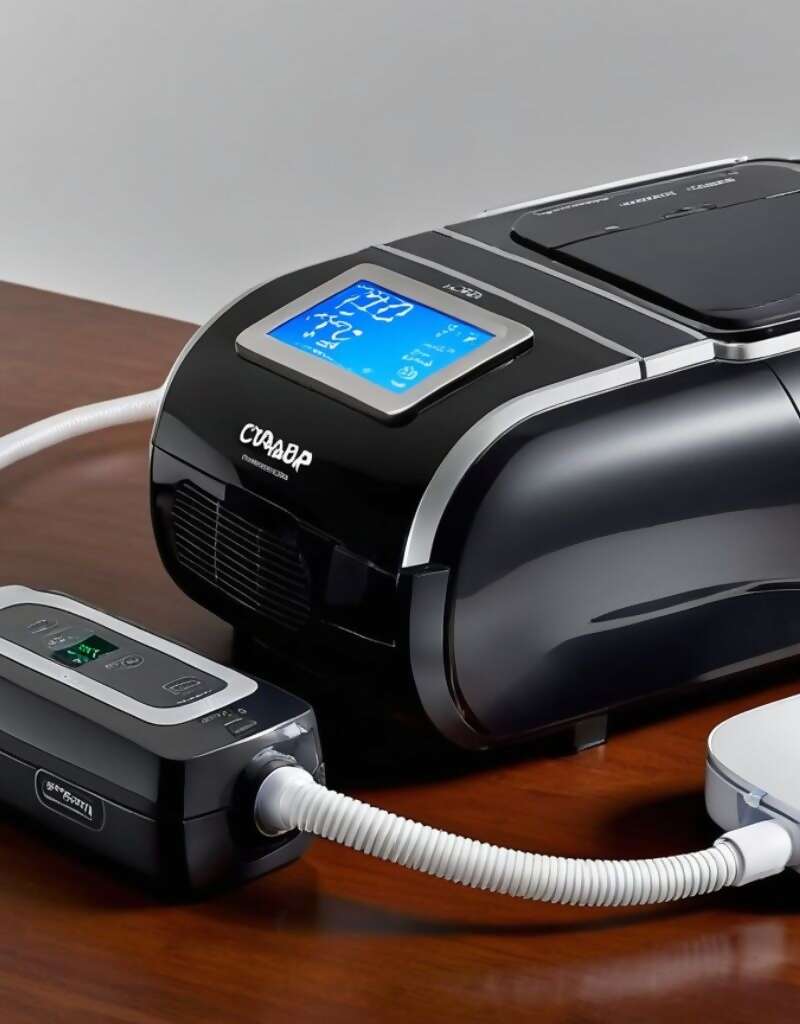🩺 Common Medical Devices Travelers Bring
CPAP machines (for sleep apnea)
Portable oxygen concentrators
Insulin pumps and glucose monitors
Mobility aids (walkers, wheelchairs, scooters)
Nebulizers
Medication coolers
✈️ Air Travel with Medical Devices
✅ Register in Advance
Most airlines require you to register your medical device before your flight, especially if it's an electronic device like a CPAP machine or oxygen concentrator. Airlines may have specific forms or medical clearance requirements, depending on the equipment.
Notify the airline at least 48–72 hours in advance.
Have your doctor’s note or prescription handy in case it’s requested.
Know the brand and model of your machine—some airlines need this for approval.
🛄 Carry-On Is Key
Medical devices must be brought in your carry-on—they cannot be checked in with luggage. The good news? They do not count toward your baggage allowance, so you won't pay extra to bring them onboard.
Tips for flying with a CPAP:
Bring it in a separate dedicated travel case.
Carry a universal power adapter if flying internationally.
Include a copy of your prescription and any manuals.
🔌 Power Up
Not all aircraft have power outlets. If you need to use your device in-flight, be sure to:
Ask if in-seat power is available.
Bring a fully charged external battery (FAA-approved).
Some CPAP devices have travel-specific models that are lighter and battery-compatible.
🚢 Cruising with Medical Equipment
Cruise lines are very accommodating when it comes to medical devices, but just like airlines, they need advance notice.
📞 Contact the Cruise Line
Let the cruise line know about your device at the time of booking or at least 30 days before sailing.
Request any special accommodations (e.g., distilled water for your CPAP machine, extension cords, or sharps disposal containers).
Some cruise lines will provide medical refrigerator access or even deliver distilled water to your cabin free of charge.
⚡ Know the Power Setup
Cruise ship cabins may have limited outlets, so bring a non-surge protected power strip and extension cord.
Check if your device requires dual voltage or bring a converter for international sailings.
🌎 Extra Travel Tips
Always pack extra supplies, including hoses, filters, and batteries.
Consider travel insurance that covers medical equipment loss or delay.
Store your device in a way that makes it easy to remove for TSA screening.
If using oxygen, confirm port regulations at each cruise stop or airport.
🧳 Final Thoughts
Bringing your medical device shouldn’t stop you from traveling. With a little extra planning and proper communication with your airline or cruise line, you can focus on enjoying your journey—not worrying about logistics.


